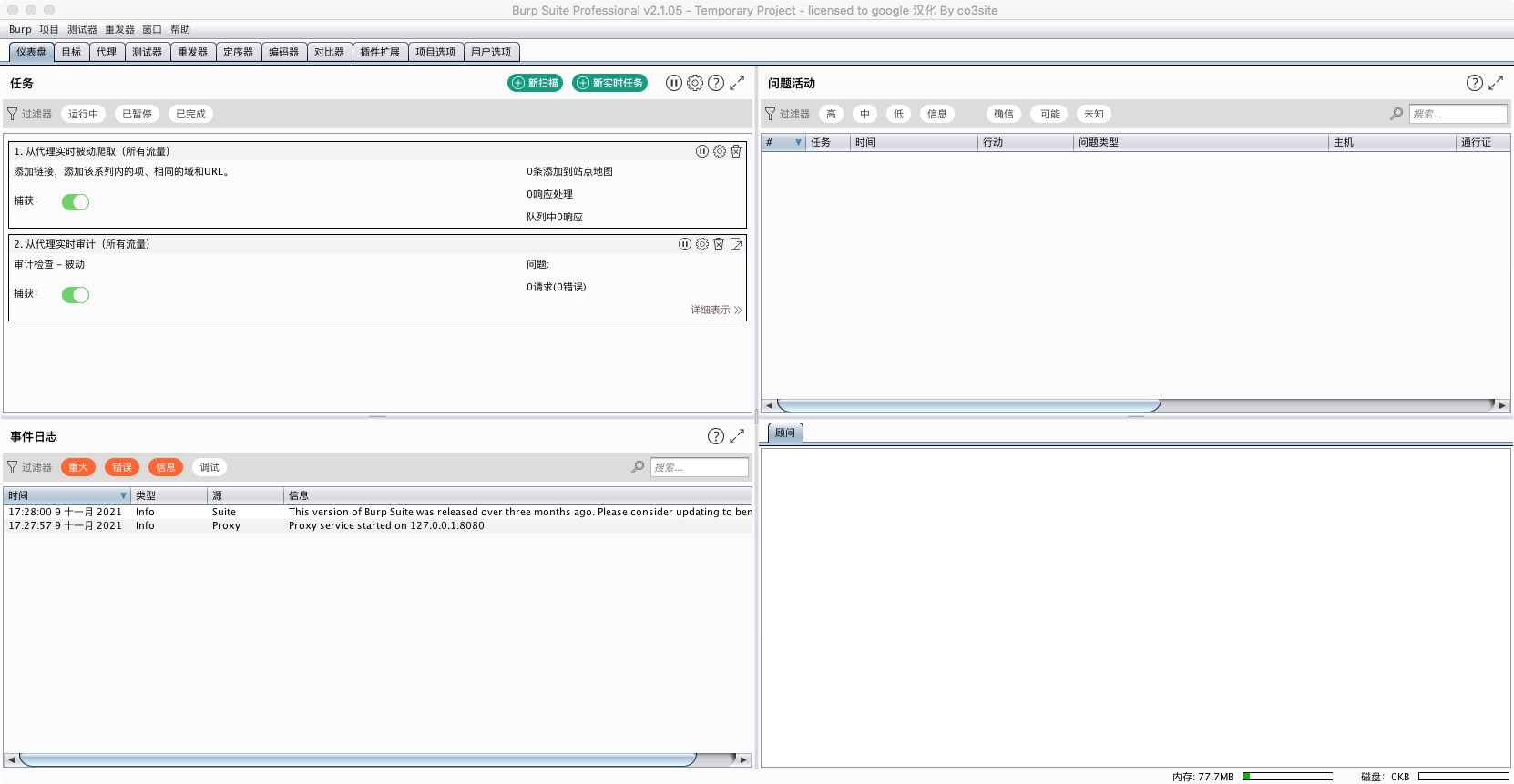
At this point, take a look at Burp Proxy. As a result, we see the warning below.Ĭlicking Advanced and Proceed to site allows us to actually visit the website.

For this example, we’ve used an HTTPS site. When complete, click OK and attempt to browse to a website. If you’ve changed this information for your Burp Suite instance, use your modified values here.

At the bottom of this screen is the computer’s proxy settings.Īs shown above, we’ve set the proxy settings for the computer to Burp Proxy’s default address and port (127.0.0.). In the above screen, click on the LAN settings button, which opens the screen below. As shown in the screen below, we’re using Windows for this example. In this example, we’re using Chrome, so these settings can be found by opening Options and searching for Proxy as shown below.Ĭlicking on the “Open proxy settings” button in the above screen opens up the computer’s Internet Settings. If the proxy is running, the next step is setting up a Web browser to use the proxy. Note that the Burp proxy runs on 127.0.0.1:8080 by default. As shown in the screen above, this information is found under Proxy in the first row of tabs and Options in the second row. When using Burp Suite as a proxy, it’s a good idea to ensure that the proxy is active.
After installing and opening Burp Suite, you’ll see a screen similar to the one below. The Burp Suite Community Edition is available from PortSwigger. The first step to intercepting web traffic with Burp Suite is installing it on your system.


 0 kommentar(er)
0 kommentar(er)
